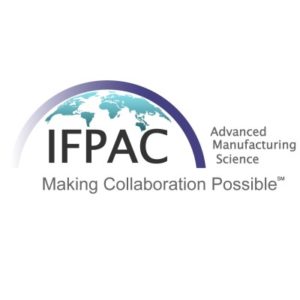 Exhibition | IFPAC Washington – MAR 02 to MAR 05, 2025
Exhibition | IFPAC Washington – MAR 02 to MAR 05, 2025
Join us at IFPAC in Washington – March 02-05!…
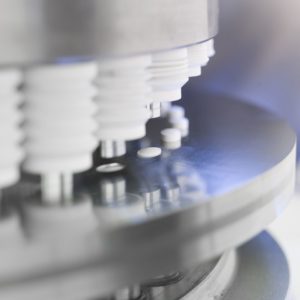 Maintaining Press Cleanliness with External Lubrication: What is the Key?
Maintaining Press Cleanliness with External Lubrication: What is the Key?
Benefits of External Lubrication External lubrication has proven to…
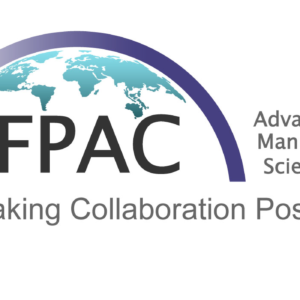 Exhibition | IFPAC - Cortona, Italy - October 8-11, 2023
Exhibition | IFPAC - Cortona, Italy - October 8-11, 2023
We will take part in the IFPAC Cortona Conference…
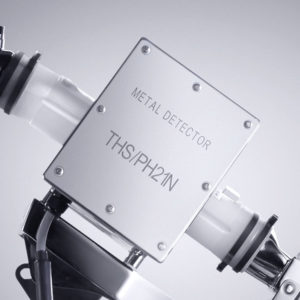 Why opting for an integrated metal detector?
Why opting for an integrated metal detector?
Benefits of a Tablet Deduster Combined with Metal Detector…
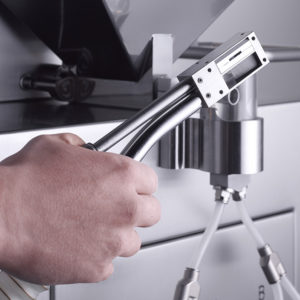 Case study iSpray – External lubrication system
Case study iSpray – External lubrication system
The Challenge Punch sticking, hardness stability, and high ejection…
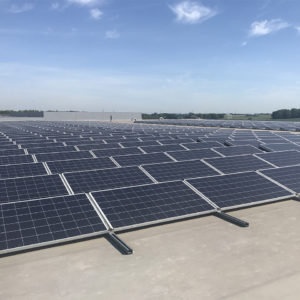 Pharma Technology thinks green
Pharma Technology thinks green
Pharma Technology headquarter is located in Nivelles in a…
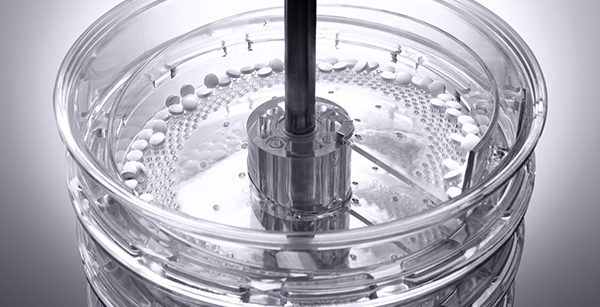
Last week, we informed you about the benefits of external lubrication in the tablet compression process. Just as the build-up of lubricant is detrimental to press operation, so is the build-up of dust particles in the production and packaging area. Dust is one of those seemingly minor issues that, if not properly managed, can result in lower yields due to high maintenance costs on coater filters and longer cleaning time of the equipment and production room, but also in major process issues, such as obscured sensors, eventually leading to quality issues, such as poor tablet coating quality. Removing dust upstream will improve the packaging area’s cleanliness, consequently reducing downtime cleanings, jams, and poor packaging closure. Beyond the process and quality aspects, safety must also be taken into consideration, as airborne dust can expose operators to toxic particles.
Effective dust collection equipment is therefore decisive to ensure a safe and efficient working environment, as well as product and operator safety. Specific technological innovations have greatly improved dedusting results. Among these, a unique Pharma Technology design consisting of 3 cavities – a central tube blowing compressed air, a middle conveying chamber, and a 360° dust-extraction curtain – which allows complete separation of the conveying and dedusting processes. Compared with conventional vibration-and-vacuum deduster designs, a solution incorporating air-jet assistance and a circumferential dust extraction can boost process performance by over 40%, as proven by measuring tablet weight before and after dedusting.
Addressing dust should not merely be about removing dust from the tablet, but also about reducing airborne particles in general. To do so, the entire process must be considered, from transferring tablets from the press into the metal detector and discharging them into their final container. A complete dust-tight solution, including silicone connections and a design with no windows or glued/pressed seals, prevents dust contamination of the room and therefore facilitates cleaning of the compression room and surrounding equipment. Besides, choosing a solution with a standard dust-tight design will offer a clear advantage over other equipment: it will pave the way for handling more toxic products while ensuring operator safety up to OEB5 level by adding containment options, such as valves and filters.